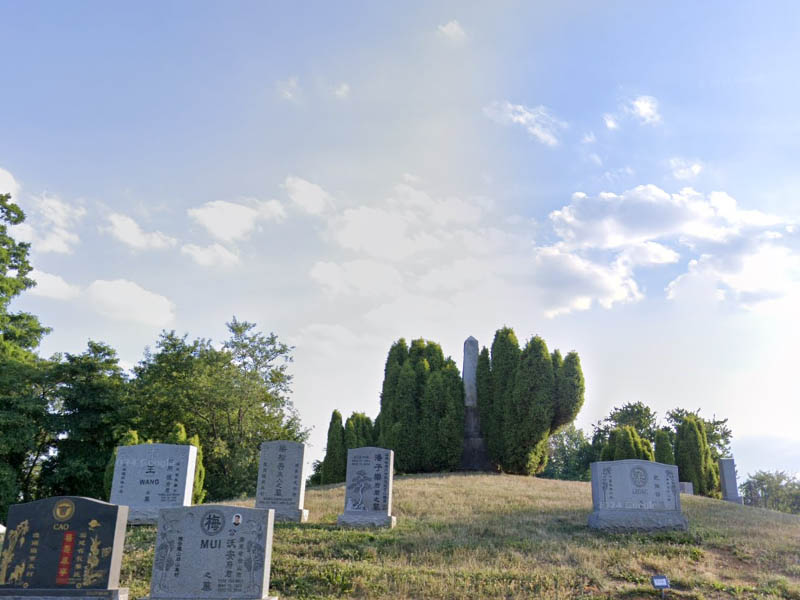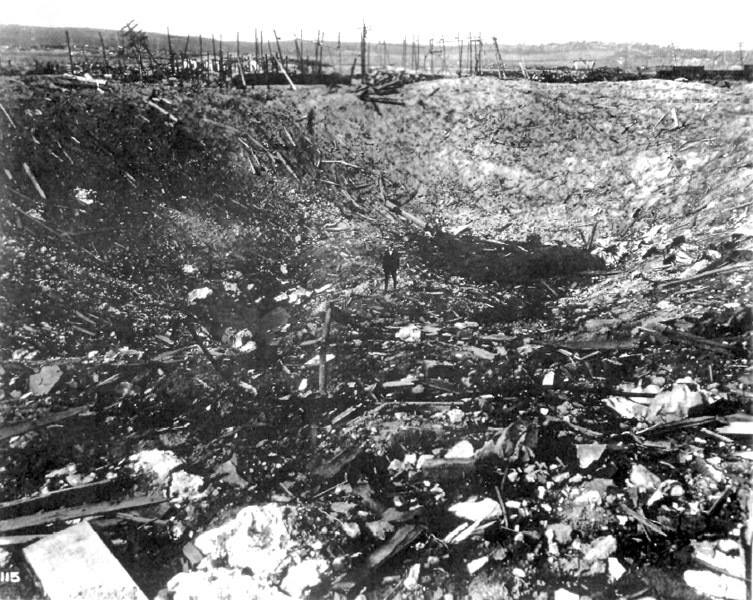SAYREVILLE, N.J. — A mass grave dating back more than 100 years, linked to one of the largest non-nuclear explosions in history, lies quietly in a local cemetery. The explosion occurred on October 4, 1918, when a fire at the T.A. Gillespie Company Shell Loading Plant in what was then Morgan, New Jersey, triggered a series of catastrophic blasts that rocked the surrounding area for three days.
The explosion killed around 100 people and left much of Sayreville and neighboring towns in ruins.
The plant, which produced ammunition for World War I, was one of the largest of its kind in the world. The initial explosion ignited freight cars and warehouses filled with high-explosive shells, raining destruction over a wide radius.
The force of the blasts destroyed more than 300 buildings and forced the evacuation of thousands of residents.
As bodies and body parts were recovered from the wreckage, many victims remained unidentified. The remains were buried together beneath a large stone marker in the nearest cemetery. Estimates of the number of unidentified dead range from 14 to 18, though no official record exists.
For decades, the cemetery fell into disrepair, but it has since been restored, now serving as a burial ground for the local Asian community.

The explosion’s legacy continues to reverberate through the region. Unexploded shells from the plant are still found in yards and fields, a stark reminder of the disaster that devastated the area. “It’s strange to think that, even now, these remnants are still being uncovered,” a resident remarked.
The 1918 explosion remains a significant chapter in New Jersey’s industrial and military history, its lasting impact etched both in the landscape and the memories of those who live nearby.

